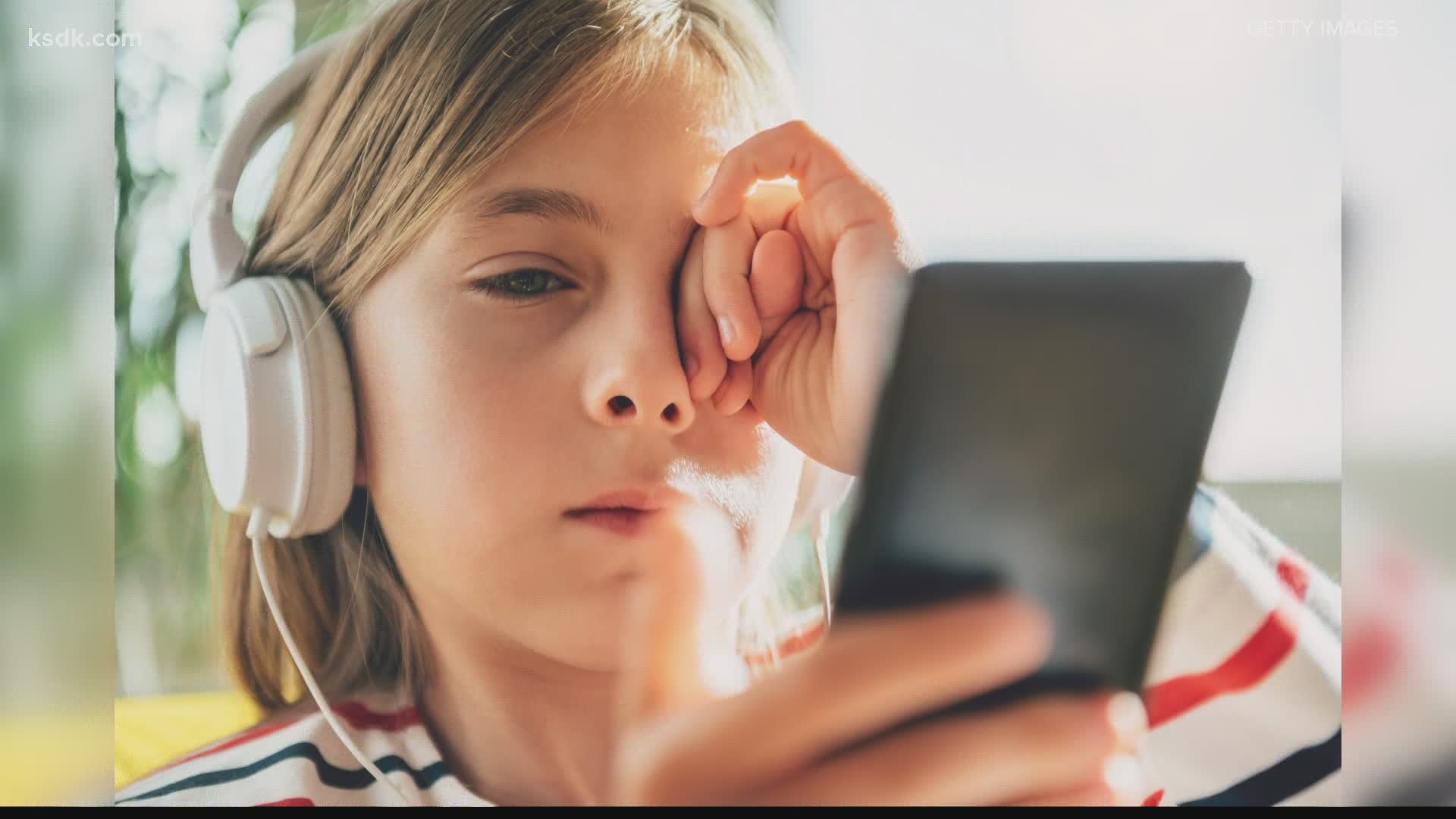ST. LOUIS — These days we've all become ‘zoomies’ – virtual zombies on our screens.
This can be especially concerning for our kids who are coming up on a year now of at-home learning. So 5 On Your Side spoke to an ophthalmologist about what parents can do right now to lessen the impact.
Mom Tara Neumann has her Pattonville second and sixth graders set up for success for their virtual learning at home.
“These kids are like superheroes. I mean to think that we told them to take their computers home because they were going to go home for a week and here we are a year later. It's just it's unbelievable,” Neumann said.
As any parent can attest to right now, there is nothing easy about kids being on Zoom all day.
“It's all very confusing and everyone's just trying to adapt the best they can, but you have to Zoom. I think it’s a double-edged sword. I mean, it's giving them the best chance right now,” said Neumann.
So, what is all this screen time doing to your children's eye health?
Anything up close can tend to increase myopia which is nearsightedness and there is some scientific evidence out there for that.
Dr. Andrew Lee is an assistant professor of Ophthalmology at Washington University and St. Louis Children’s Hospital.
“I think it's a possibility that we may be seeing some increase in nearsightedness. Not just from the pandemic and all the screen time, but also everybody in general tends to spend a lot more time looking at things up close compared to before when we spent a lot more time outdoors,” Lee said.
Dr. Lee said there are signs parents can look out for.
“Some of the big signs to be looking out for would just be if kids are tending to squint one eye or both eyes. Rubbing the eyes frequently or if children are complaining about having headaches when they're reading,” explained Dr. Lee.
More serious signs would be crossing or drifting of the eyes.
To avoid these things, Dr. Lee said screens should be an arms-length away, slightly lower than eye level and parents should follow a three-step process called the 20-20-20 rule.
The 20-20-20 rule:
- 20 minutes on the screen
- Look away for 20 seconds
- At something 20 feet away
If the warning signs do come up, it’s important to remember it can be treated.
“Sometimes things are as simple as a pair of glasses or just some tips on how to manage screen time. Sometimes it involves a little bit more treatment and we can always take care of it,” Dr. Lee said.


